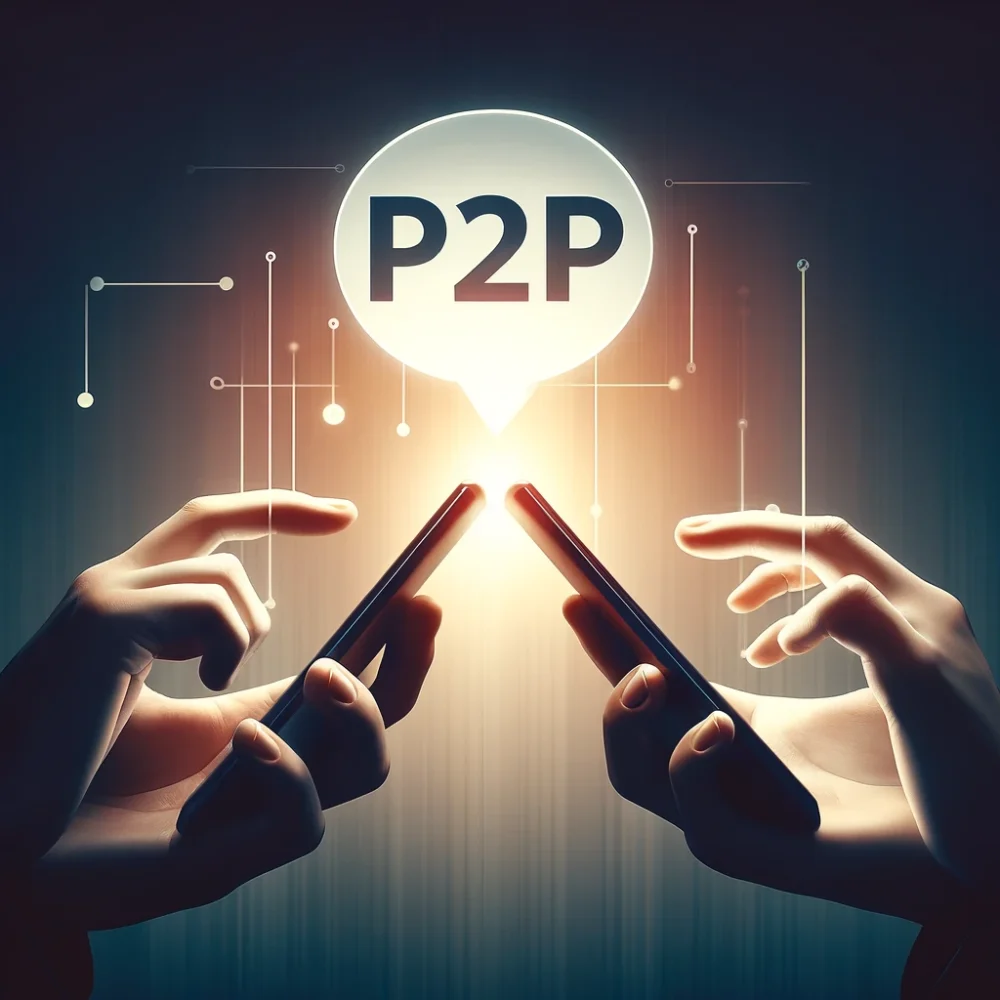For centuries, getting a loan meant begging your bank manager or relying on family and friends. But no more! The age of peer-to-peer (P2P) lending is here. This revolutionary model connects individual borrowers and lenders directly, stripping away traditional banking barriers. On sleek digital platforms, real people can lend to and borrow from each other with just a few clicks. Join us as we explore P2P lending’s fascinating evolution from ancient traditions to modern financial empowerment. Discover how this decentralised approach is transforming lending, making credit more accessible, and putting you in control. The power to fund and be funded is now in your hands. Forget banking – the future is peer to peer.
Peer-to-Peer Lending: A Historical Perspective
The concept of individuals borrowing from acquaintances has deep historical roots. In traditional settings, people sought financial assistance from friends or family members, promising to repay the borrowed amount with or without interest.
Formally introduced in 2005, P2P lending takes the age-old practice to new heights by creating a platform that connects individuals in need of a loan with those willing to lend. It’s a modernized, win-win solution benefiting both parties.
As the P2P lending system evolved, numerous platforms emerged, regulations were established, and product offerings diversified. This evolution has paved the way for a robust financial ecosystem that provides opportunities and security for all participants.
Understanding P2P Lending Dynamics
P2P lending operates as a decentralized system where both lenders and borrowers are integral parts. The platform acts as a facilitator, bringing these parties together for seamless transactions.
P2P lending offers two primary approaches for lenders: manual lending and automatic lending. In manual lending, investors personally evaluate borrower profiles and select loans to fund. Automatic lending, on the other hand, allows the platform to match investor funds with suitable borrowers, providing a hands-off investment experience.
Benefits of P2P Lending for Investors
For lenders, P2P lending serves as an alternative investment tool, diversifying their portfolio beyond traditional options. This opens up new avenues for potential returns.
Benefits of P2P Lending for Borrowers
Borrowers benefit from P2P lending by gaining access to unsecured personal loans. This flexibility allows them to secure funds for various purposes without the need for collateral.
Conclusion:
Peer-to-peer lending has evolved from traditional borrowing practices into a sophisticated, decentralized system that caters to the financial needs of both lenders and borrowers. As we navigate through the dynamics of manual and automatic lending, it becomes evident that P2P lending is not just a transactional platform; it’s a transformative force in the financial landscape, offering opportunities and financial freedom to individuals on both sides of the lending spectrum.
This blog aims to shed light on the historical roots, the evolving nature, and the considerable benefits that P2P lending brings to the table. Whether you are an investor seeking alternative avenues or a borrower in search of financial flexibility, P2P lending stands as a beacon of financial empowerment in the digital age.








